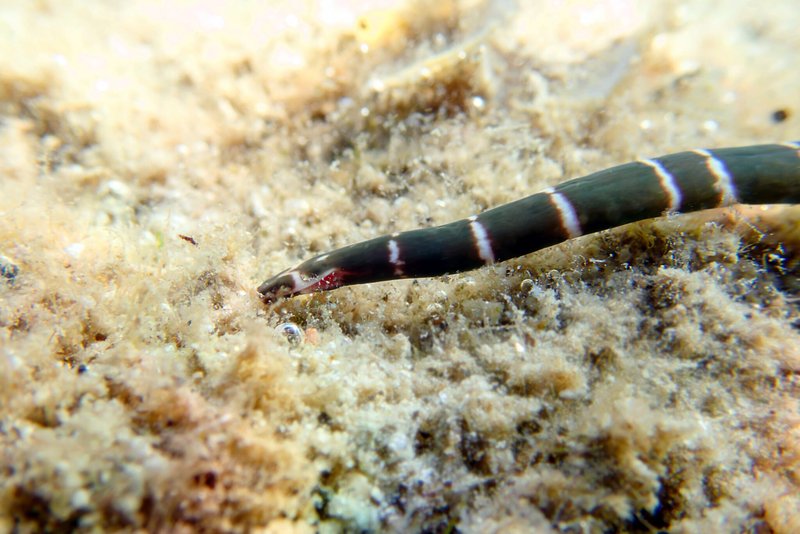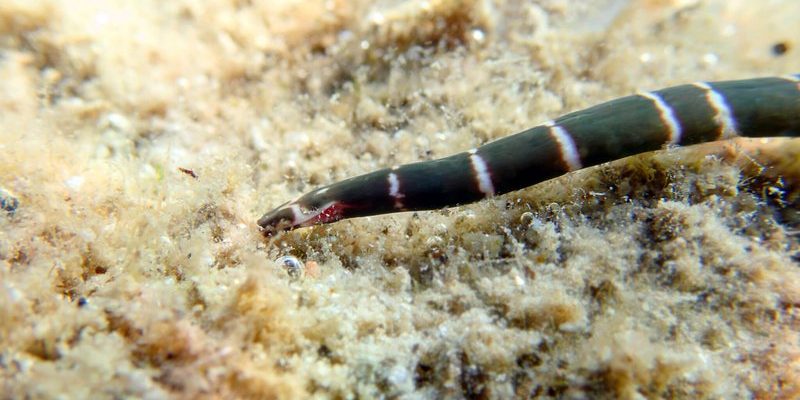
Ribbon worms are quite remarkable, not just for their burrowing skills but also for their substrate preferences. Imagine trying to find the perfect place to settle down, whether it’s a cozy apartment or a sandy beach; ribbon worms do the same. They pick spots that provide safety, food, and a comfortable environment to thrive in. Today, let’s dive into the world of ribbon worms, exploring how they burrow and what substrates they prefer for their homes.
What Are Ribbon Worms?
Before we get into their burrowing habits, let’s understand what ribbon worms are. These soft-bodied creatures can vary in size from just a few millimeters to over 30 meters long. Yes, you read that right! Their bodies are long and flat, resembling a ribbon, which is how they got their name. They usually inhabit marine environments, often found in shallow waters.
One of the most fascinating aspects of ribbon worms is their unique feeding method. They possess a long, extendable proboscis that can capture prey like small crustaceans and even other worms. This feeding strategy complements their choice of substrate since they often burrow into areas rich in food sources.
Ribbon worms are also known for their vibrant colors and patterns. Depending on the species, they can come in shades of pink, green, or even deep blue, making them as striking as they are interesting.
How Do Ribbon Worms Burrow?
Burrowing is a critical part of a ribbon worm’s life. They use their muscular bodies to push through sediments and soft substrates, creating tunnels. This process is quite similar to how a child might dig a hole in the sand at the beach. The ribbon worm’s body can expand and contract, allowing it to move through tight spaces efficiently.
When a ribbon worm decides to burrow, it usually starts by anchoring one end of its body in the substrate. Then, the rest of the body follows, often twisting and turning to navigate. The worm’s slim, flexible shape helps it burrow deeper and make intricate tunnels, which can sometimes stretch for several meters.
Just like we seek out comfortable, safe places to live, ribbon worms look for substrates that provide both protection and access to food. Their burrowing behavior plays a vital role in their survival, allowing them to avoid predators and thrive in diverse marine environments.
Substrate Preferences of Ribbon Worms
Now, let’s get into where these fascinating creatures prefer to burrow. Ribbon worms show a strong preference for specific types of substrates. You might be wondering, what types are they? Here are the main ones:
- Sandy Substrates: Ribbon worms love loose, sandy environments. These areas allow them to burrow easily while providing access to food particles and other nutrients.
- Soft Mud: Many species choose muddy substrates for their flexibility. The soft mud lets them dig in deeply and creates a secure living space.
- Rocky Areas: Some ribbon worms can even be found in rocky substrates. They might not fully burrow but rather make their homes in crevices or under stones, which offers protection.
Each type of substrate offers distinct advantages. For instance, sandy environments are great for finding food, while soft mud can provide better camouflage from predators. It’s like choosing between different neighborhoods—each has its perks and downsides.
Reasons for Substrate Preference
You might be curious about why ribbon worms favor these specific substrates. Honestly, it boils down to survival and comfort. Here are some reasons for their preferences:
– **Access to Food:** Ribbon worms need to eat, and certain substrates hold more organic matter or small prey. By burrowing into sandy or muddy areas, they increase their chances of encountering food.
– **Protection from Predators:** Just like finding a safe spot to hide, these worms want to shield themselves from larger predators. Burrowing down deep can provide that necessary security blanket.
– **Optimal Environmental Conditions:** The choice of substrate can also impact moisture and temperature, creating a more stable living environment. Ribbon worms thrive in conditions that suit their biological needs, and different substrates can offer varied microhabitats.
Understanding these preferences is crucial for anyone studying these animals. It provides insights into how they interact with their environment and the roles they play in their ecosystems.
How Human Activities Affect Ribbon Worms
As we become more aware of our impact on nature, it’s essential to consider how human activities influence the habitats of ribbon worms. Pollution, coastal development, and climate change threaten their delicate ecosystems.
– **Pollution:** Chemicals and waste runoff can contaminate the substrates where ribbon worms burrow. This not only affects their food sources but can also harm their health.
– **Coastal Development:** Building along coastlines can disrupt the natural habitats of ribbon worms. If their sandy or muddy environments are disturbed, it can lead to a decline in their populations.
– **Climate Change:** Changes in sea temperature and acidity can affect the substrates that ribbon worms prefer. As these conditions shift, it might become harder for them to find suitable homes.
Understanding and mitigating these impacts is important for preserving ribbon worm populations and, by extension, the health of marine ecosystems.
Ribbon worms are remarkable creatures with unique burrowing habits and substrate preferences. Their ability to thrive in various environments speaks to their adaptability and resilience. By understanding where and how they burrow, we can appreciate these fascinating animals even more.
Taking care of their habitats is crucial, especially with increasing human influence on marine ecosystems. After all, every creature plays a role in the balance of nature. So, the next time you think of the ocean, remember the ribbon worms and their hidden, ribbon-like paths beneath the surface. They may be small, but their impact on the ecosystem is anything but insignificant. Let’s cherish and protect these mysterious beings!

